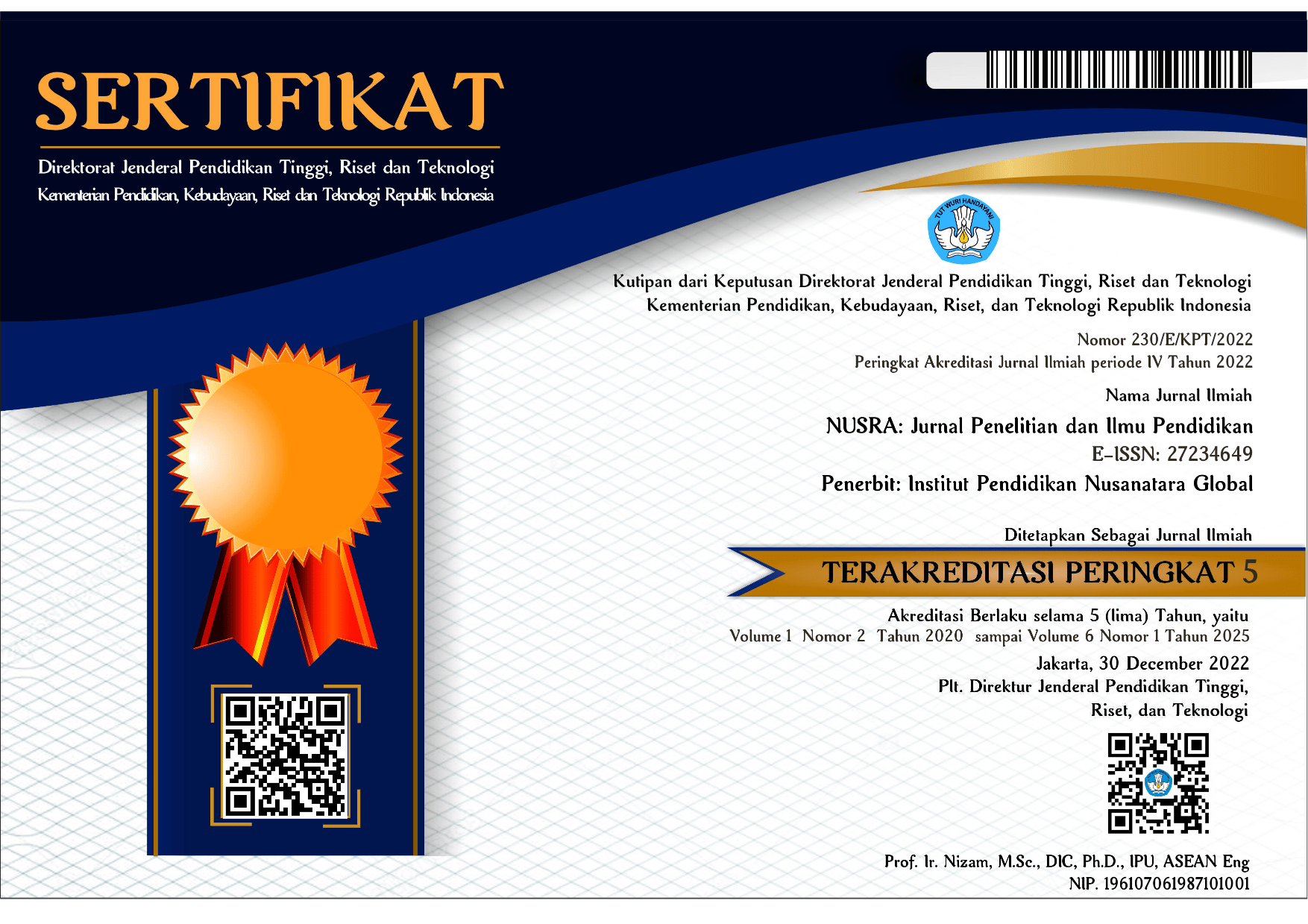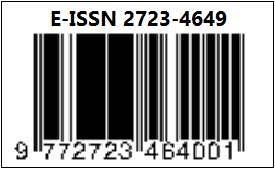Optimasi Tingkat Kepuasan Mahasiswa Universitas Budi Luhur Melalui Pendekatan Analisis Faktor
DOI:
https://doi.org/10.55681/nusra.v5i1.1982Keywords:
Student, Satisfaction, AnalysisAbstract
This research aim to evaluate of student satisfaction at Budi Luhur University. This approach involves identifying the factors that determine satisfaction and determining the factors that are most dominant in the quality of UBL Teaching and Learning, as well as looking for indicators that make up these dominant factors. Data for this research was obtained through distributing questionnaires to students from 4 faculties, with a total sample of 302 students. Data analysis was carried out using two main methods, namely Descriptive Analysis and Factor Analysis. The purpose of Descriptive Analysis is to provide a general description of the factors that influence student satisfaction with Budi Luhur University student learning activities. Meanwhile, Factor Analysis is used to identify the main factors that student satisfaction. The research results show that overall, students have a sufficient level of satisfaction with teaching and learning activities at Budi Luhur University. The most dominant factor in determining student satisfaction is tangible. Therefore, increasing student satisfaction can be increased by increasing other factors which level of mastery is still low. The implications of these findings can be used as a basis for developing strategies and improving student teaching and learning activities, to improve the student experience at Budi Luhur University.
Downloads
References
Astin, A. W. (1993). What matters in college? Four critical years revisited. San Francisco: Jossey-Bass.
Ghozali, Imam. 2006. Aplikasi Analisis Multivariate dengan Program SPSS. Semarang: Universitas Diponegoro.
Hidayat, A. (2021). Pengaruh kompensasi dan motivasi terhadap kinerja karyawan dengan kepuasan kerja sebagai variabel intervening. Jurnal Ilmu Manajemen (JIMMU), 6(2), 165-177.
Hsu, C. L., Chang, K. C., & Chen, M. C. (2012). The impact of website quality on customer satisfaction and purchase intention: perceived playfulness and perceived flow as mediators. Information Systems and e-Business Management, 10, 549-570.
Khan, M. T. (2013). Customers loyalty: Concept & definition (a review). International Journal of Information, Business and Management, 5(3), 168-191.
Krejcie, R. V., & Morgan, D. W. (1970). Determining sample size for research activities. Educational and psychological measurement, 30(3), 607-610.
Kotler, Philip (1997) Manajemen Pemasa- ran: Analisis, Perencanaan, Implementa- si dan pengendalian (Edisi kedelapan, terjemahan Arcella Ariwati Hermawan). Jakarta: Salemba Empat
Mahmudi, M. (2007). Manajemen Kinerja Sektor Publik. Akademi Manajemen Perusahaan YKPN, Yogyakarta.
Mulyawan, A., & Rinawati, R. (2017). Pengaruh Kualitas Layanan Akademik Terhadap Kepuasan Mahasiswa Serta Implikasinya Pada Loyalitas Mahasiswa (Studi Pada Sekolah Tinggi Manajemen Informatika Dan Komputer Di Kota Bandung). Jurnal Ekonomi, Bisnis & Entrepreneurship, 10(2), 119-131.
Parasuraman, A., Zeithaml, V. A., & Berry, L. L. (1988). Servqual: A multiple-item scale for measuring consumer perceptions of service quality. Journal of Retailing, 64(1), 12-40
Parozak, M. R. G., & Rosita F. (2020). Tingkat Kepuasan Pelanggan Siswa Kelas Viii Smp N 4 Selong Terhadap Pelayanan Administrasi Sekolah Pada Masa Pandemi Tahun Ajaran 2020-2021. Nusra: Jurnal Penelitian dan Ilmu Pendidikan, 1(2). https://doi.org/10.55681/nusra.v1i2.138
Rahmawati, D. (2013). Analisis Faktor-faktor yang Mempengaruhi kepuasan mahasiswa. Jurnal Economia, 9(1), 52-65.
Rivai, Veithzal. (2004). Manajemen Sumber Daya Manusia untuk Perusahaan dari Teori ke Praktik. Jakarta: PT Raja Grafindo Persada.
Downloads
Published
How to Cite
Issue
Section
License
Copyright (c) 2024 Koen Hendrawan, Umi Widyastuti, Tuti Sariwulan, Corry Yohana

This work is licensed under a Creative Commons Attribution-ShareAlike 4.0 International License.














